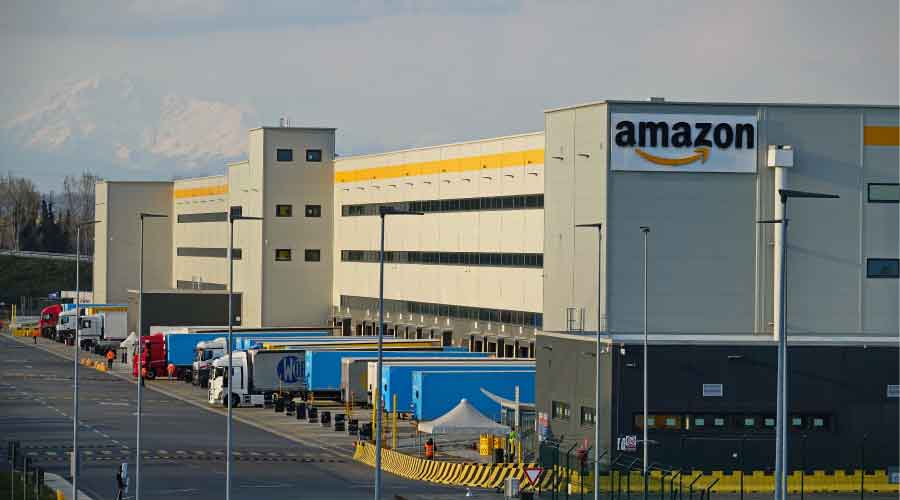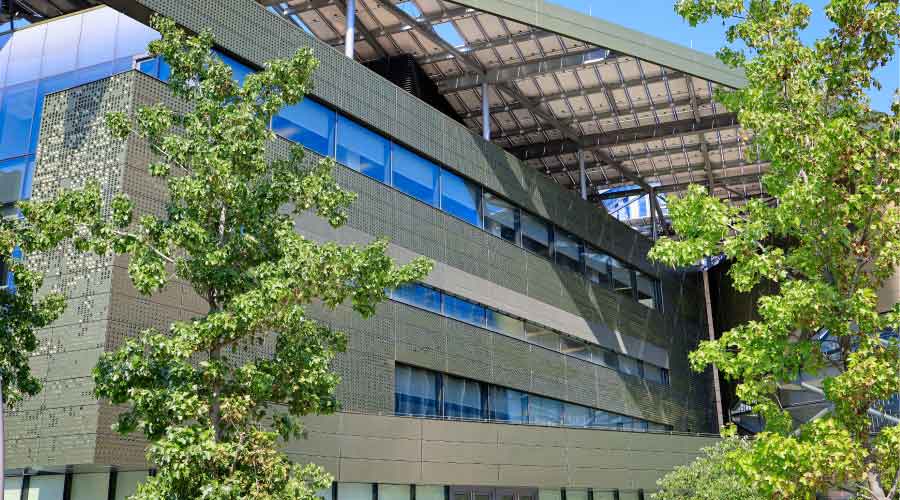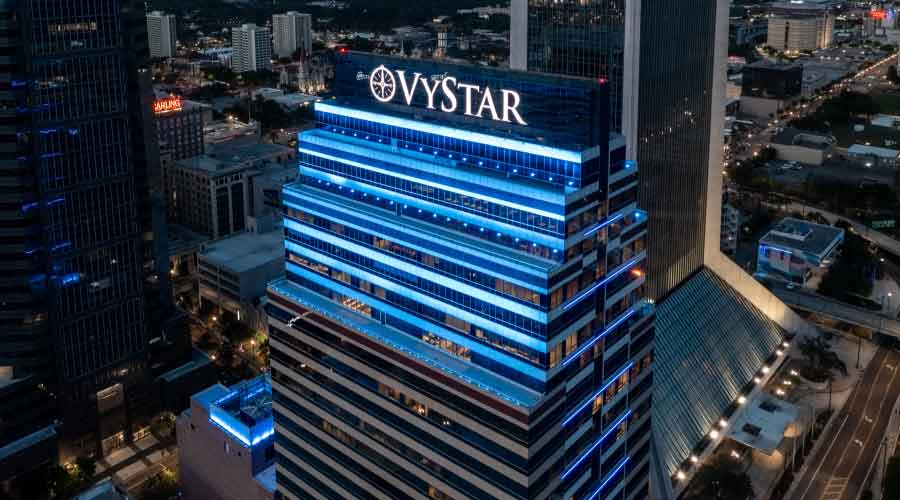
New LEED Updates Focus on Energy Efficiency, Emissions Reductions
With these proposed changes, USGBC is preparing LEED for another full rating systems update. January 23, 2023
By Greg Zimmerman, senior contributing editor
For more than two decades, LEED has been the most recognized sustainability certification system in the buildings industry. The U.S. Green Building Council (USGBC) has constantly changed and updated its signature rating system to ensure its relevance and place as a leadership standard. Just in the last five years, more than 41,000 projects — encompassing more than 5 billion square feet of space — have been certified using LEED.
In 2022, the organization announced some further proposed changes to LEED in preparation for large-scale updates expected in the near future. The changes to LEED are focused on emissions reductions and energy efficiency.
We recently talked with Taryn Holowka, senior vice president of marketing, communications, and advocacy at USGBC about the changes to LEED and what to look forward to in the future.
FacilitiesNet: Can you describe the changes to the energy and emissions reductions credits for LEED v4? Why are these changes made to LEED v4 and not LEED v4.1 (basically, what is the difference between 4 and 4.1)?
Taryn Holowka: The proposed updates to the LEED v4 green building certification program are designed to more directly address greenhouse gas emissions and climate change. Essentially these updates will raise thresholds in LEED v4 to encourage greater energy performance and emissions reductions, aligning LEED v4 with the rigor of LEED v4.1, which increased energy performance requirements upon its release in 2018.
LEED v4 initially focused on reducing energy demand through usage and efficiency. LEED v4.1 introduced greenhouse gas emissions as a metric of building energy performance, a first for LEED. Together, both LEED v4 and LEED v4.1 take on the evolving needs of the market and build on previous versions of the LEED rating system.
FacilitiesNet: How will these changes set the stage for development of LEED v5? What is the timeline for this new version of LEED?
Holowka: The green building community is already hard at work setting the stage for the development of LEED v5. All throughout 2022, USGBC held LEED Convene and Connect sessions, which were designed to gather feedback from the community. These sessions were held both in person and virtually, to open up a dialog about the future of our buildings. One major outcome of these sessions was a principles of LEED document that outlines key principles that v5 must address:
- Scale for greatest impact.
- Decarbonize the building industry swiftly to reflect the urgency of the climate crisis.
- Inspire and recognize adaptive and resilient built environments.
- Invest in human health and well-being.
- Create environments in which diversity, equity and inclusivity thrive.
- Support flourishing ecosystems through regenerative development practices
To read the principles of LEED document: https://www.usgbc.org/resources/future-leed. While we haven’t made any announcements on a timeline, our hope is that we will be able to release a draft version at Greenbuild 2023, which will be held in Washington, D.C.
FacilitiesNet: How does LEED's ongoing development and evolution continue to make it the premier green building and operations standard in the market?
Holowka: The hallmark of the LEED program is ongoing evolution. We designed LEED under the guise of continuous improvement — the idea being that building practices and strategies will continue to evolve and we need a rating system that will evolve with them. This means that there is a delicate balance of pulling the market along without evolving too quickly and potentially leaving the market behind. Growing and changing to meet the demands of the marketplace and capitalizing on new technologies, ideas and products has always been intrinsic to the character of LEED. Continuous improvement keeps the rating system dynamic in a world that is constantly evolving. We believe this is one of the reasons that LEED has been so successful and embraced by developers, architects, owners and tenants around the world.
FacilitiesNet: Why should facility managers and those who operate existing buildings still look to LEED to manage operations, energy efficiency, and other aspects of facility management?
Holowka: LEED is critical for existing buildings to manage their operations. LEED for Operations and Maintenance (O+M) offers existing buildings an opportunity to pay close attention to building operations, by supporting whole buildings and interior spaces that have been fully operational and occupied for at least one year. It can take up to 80 years to make up for the impacts of demolishing an existing building and constructing a new one, even if the resulting building is extremely energy efficient. However, many older buildings around the world are inefficient and resource-depleting, but with attention to building operations that can be turned around by using LEED O+M.
A few of the benefits of using LEED for existing buildings include:
- Performance tracking. LEED O+M certification and recertification verifies a project’s continued commitment to maintaining high levels of sustainability performance.
- Health and well-being. LEED O+M provides a pathway for improving the well-being of site users through health-related credits across all categories, including credits focused on improving indoor air quality. LEED O+M policies, practices and tracking mechanisms support implementing achievable strategies to address existing health needs and minimize project features that could present risks to occupant health.
- Environmental stewardship and ESG goals. Building owners and tenants are increasingly recognizing and embracing their role as stewards of their communities and our future. More and more of the world has begun to see the imminent threat posed by climate change, and sustainability reporting has become a material concern for investors and shareholders.
For property owners, LEED-certified assets stand out among peer market properties while reaping benefits such as increased occupancy, higher rental rates and reduced operating costs. For occupants, certified projects provide employee productivity gains, recruitment enhancements, improved indoor air quality, reduced natural resource use and help meeting corporate social responsibility goals.
Greg Zimmerman is senior contributor editor for the facility group, which including FacilitiesNet.com and Building Operating Management magazine. He has more than 19 years’ experience writing about facility issues.
Next
Read next on FacilitiesNet












